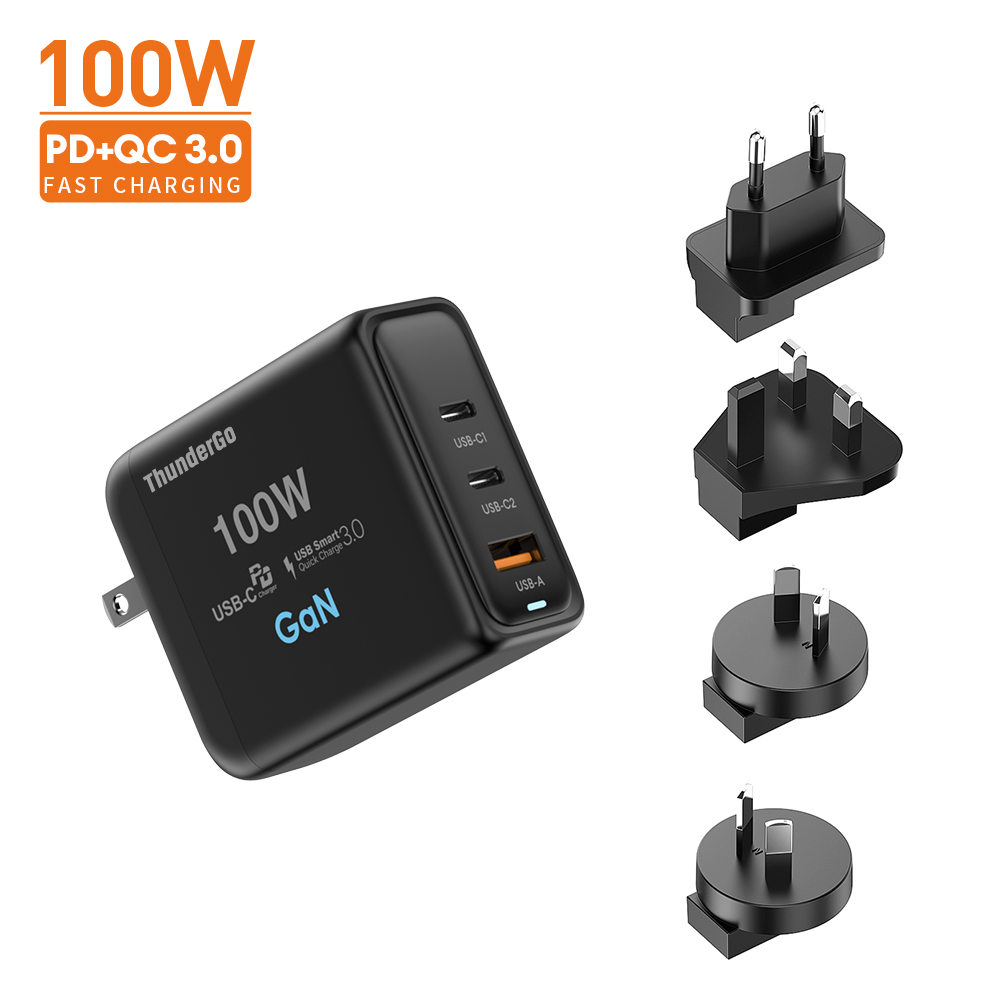USB Type-C/PD brings new vitality to the charging field. Type-C with PD function can make charging ubiquitous. For example, you can use the same charger to charge your computer, phone, or mobile power source; You can also have your phone, tablet, and laptop share electricity with each other. When sharing electricity, you can change the direction of power supply, etc. You can use car batteries, lithium batteries for electric vehicles, and lithium batteries for portable devices as power banks to charge your phone and provide emergency needs.
Due to the compatibility of Type-C/PD with all devices that support it, as well as the ability to define their own private charging solutions, this will bring many innovative and customizable things to the charging field.
To support Type-C/PD charging, both the charger end and the charged device end need to undergo Type-C/PD modification. On the hardware side, it is necessary to add a Type-C/PD management chip. On the protocol side, it is necessary to support the PD protocol, and user-defined protocols can be added.
For chargers, there is no need to modify the design of the front-end AC/DC, but it must be able to interact with Type-C/PD chips for information and status. In this way, the Type-C/PD chip manages the charging process. The most meaningful thing for a mobile power bank is that you can use the PD protocol for fast charging without the need for private protocols such as QC2.0 or QC3.0. Ready made Boost or Buck circuits can be used, and different Bucks or circuits can be used according to customer needs. Because both input voltage and input current can be freely selected (<20V,<5A)
Using the PD protocol, both your phone and charging bank can implement a direct charging solution. Due to the lack of voltage conversion, direct charging has high conversion efficiency, no heating, and high safety. High voltage charging always carries the risk of heating due to voltage conversion. The PD protocol can regulate the temperature of mobile phones or power banks, thereby adjusting charging strategies.
For a power bank, many IC companies used to focus on chip development for the QC2.0/BC1.2 charge out end. Now there are more opportunities to develop products in the charge in part. As long as you choose a Type-C/PD chip, you can create a highly personalized power bank. In short, Type-C/PD will bring a second life to the power bank market.
Vina International Holdings Ltd.
邮箱: sales@vinacn.com
|
电话: 86-755-89395821


 首页
首页 你可能也喜欢
你可能也喜欢



 电话
电话
 邮箱
邮箱
 地址
地址








